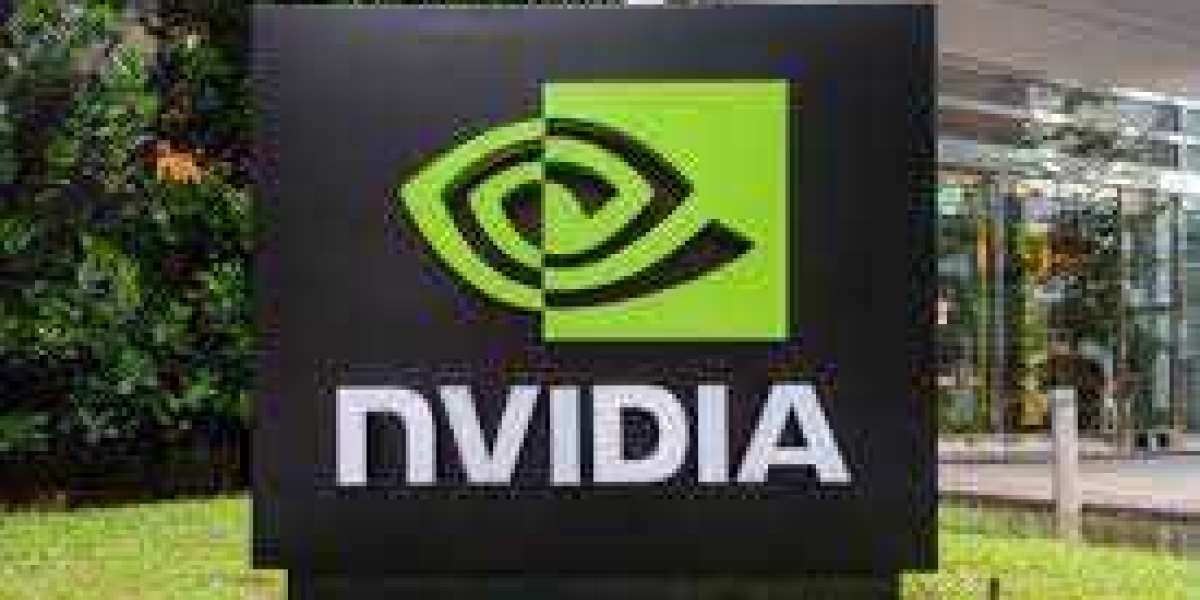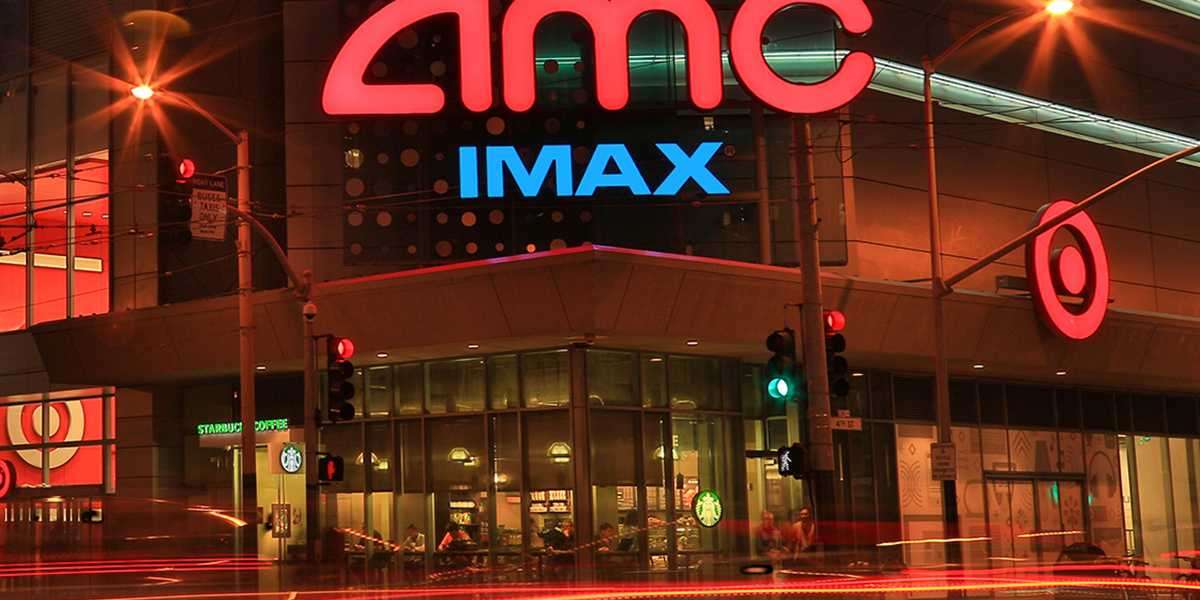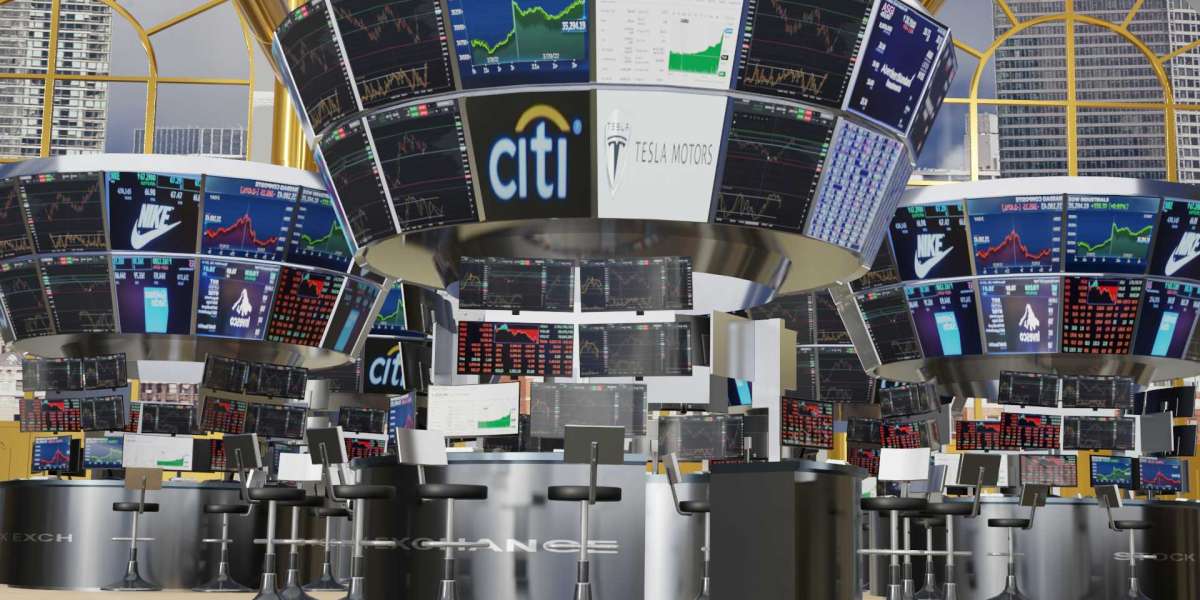Two of the largest segments in Nvidia’s business are its gaming segment, which generated $3.2 billion, and datacenter, $2.9 billion, representing over 85% of its overall third-quarter revenue in 2021.
Through the gaming segment, GPUs are built into high-end consumer electronics from computers to visual displays. These are integrated with software to truly enhance the overall efficiency of the hardware that’s inside. The new line of GPUs includes the GeForce RTX 30 Series graphics cards that power electronics with cutting-edge capabilities.

For the cloud segment, Nvidia provides the necessary infrastructure to build a complex network of computing to solve modern workloads. This includes data analytics, high-performance computing, AI training, and far more.
On a 52-week basis, $NVDA stock grew over 104% as investors piled into the technology giant. This massive surge of investor confidence came after multiple quarters of unexpectedly high revenue and earnings growth.
Fundamentals
For Nvidia’s fundamentals, they come nothing short of incredible. For a company that mainly provides hardware components, many investors would be surprised to hear that the net margin is over 34% as of the third quarter of last year.
This margin has continued to improve for multiple consecutive quarters, proving that it’s likely a reliable margin to use for projecting future earnings.

In the third quarter of 2021, Nvidia reported just over $7.1 billion in revenue, representing a growth of 50.3% year-over-year. For a business with a $680 billion market cap, the growth is extremely impressive. Moreover, it doesn’t look to be stopping anytime soon as quarterly and yearly revenues continue to exceed each other.
Net income also came in at $2.46 billion, improving 84.4% year over year, once again demonstrating Nvidia’s capabilities to execute on the cloud and gaming industry through high-end hardware. This earnings growth improved the price-to-earnings financial ratio which is commonly used to determine whether or not a stock is over or undervalued
Some investors also view Nvidia as a “pick and shovel” play to the cryptocurrency industry as they provide the necessary components to mine various digital currencies through its GPU product lineup. This can give an indirect exposure to yet another rapidly-growing industry.
Valuation
Now that you’ve gotten a glimpse at how Nvidia operates with immense profitability, the valuation is up next. After all, it’s risky to go without reviewing the valuation for any stock.
NVDA stock is notorious for having higher financial ratios when measuring the valuation. This is because investors are willing to pay more for a great business growing at high multiples.
The two multiples to focus on for NVDA stock are the price-to-earnings (P/E) and price-to-sales (P/S) ratios. These focus on both earnings and revenues, comparing them to the market value of the company.
For the P/E ratio, NVDA sits at 84, while its P/S is 28.
Price-to-earnings is not as large of a threat to the valuation since Nvidia demonstrated enormous proficiency in growing earnings rapidly. However, the price-to-sales ratio does sit relatively high.
For the P/S ratio to decrease, NVDA stock would either need to decline in share price, effectively lowering the market cap which is a variable to the equation, or grow revenues at high rates for many consecutive years. Either way, it comes down to investor preference for which financial metrics to use.
Right now, NVDA stock is lower than its 52-week high by nearly 20%, giving investors a chance to pick up shares for a smaller price given the broad-market decline in growth stocks over the past month. As demonstrated, the fundamentals are compelling, but the valuation is slightly stretched, meaning that investors will need to pay a higher premium if they want to own this fast-growing company.
Conclusion
Nvidia has shown remarkable strength fundamentally through its various industry-driven segments including gaming, cloud, and more. Investor confidence remains very high, maintaining the higher valuation despite a broad-market decline.
Investors who are willing to pay a higher premium for a fast-growing company are now able to acquire shares at a discount from all-time highs. Additionally, this could easily be just the beginning of NVDA stock as it does have the potential to reach a $1 trillion market cap in the next few years if the company continues to grow rapidly.
Overall, Nvidia is a high-quality business with an immense amount of opportunity over the long term but could face significant volatility in the short term due to external factors regarding interest rates and investor sentiment.





